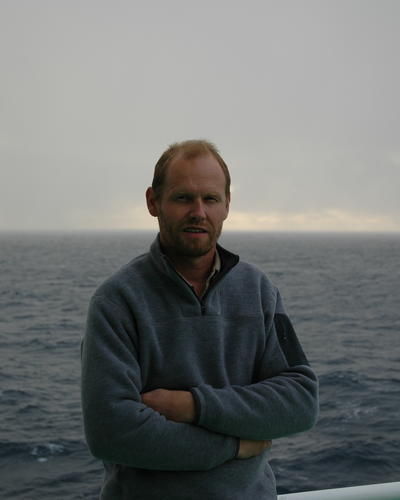Ultra-slow spreading ridges
Understanding their formation and evolution
Hovedinnhold
The oceanic crust covers almost 70% of the surface of our planet, but has remained largely unexplored. Advances in seafloor technology, such as novel sonar systems for mapping and remotely controlled robots capable of collecting samples at 3000 meters water depth, now make it possible to study the processes responsible for the formation of oceanic crust at mid-oceanic ridges.
In our research group, we specifically focus on the ultra-slow spreading ridges (full spreading rate of less than 20 mm/year) of the Arctic Mid-Ocean Ridge system in the Norwegian-Greenland sea. This system consists of several ridges with different degrees of volcanic activity, enabling us to study the interplay between volcanism and tectonic activity.
To accomplish this, we use detailed maps generated by AUVs (autonomous underwater vehicles) and analyze basalt samples collected by ROV (remotely operated vehicle) for their age, major and trace element geochemistry and radiogenic isotope ratios in the Bergen Geoanalytical Facility.
This research is done under Work Package 1 of the K.G. Jebsen Centre for Deep Sea Research “Crustal accretion at ultraslow spreading ridges”

